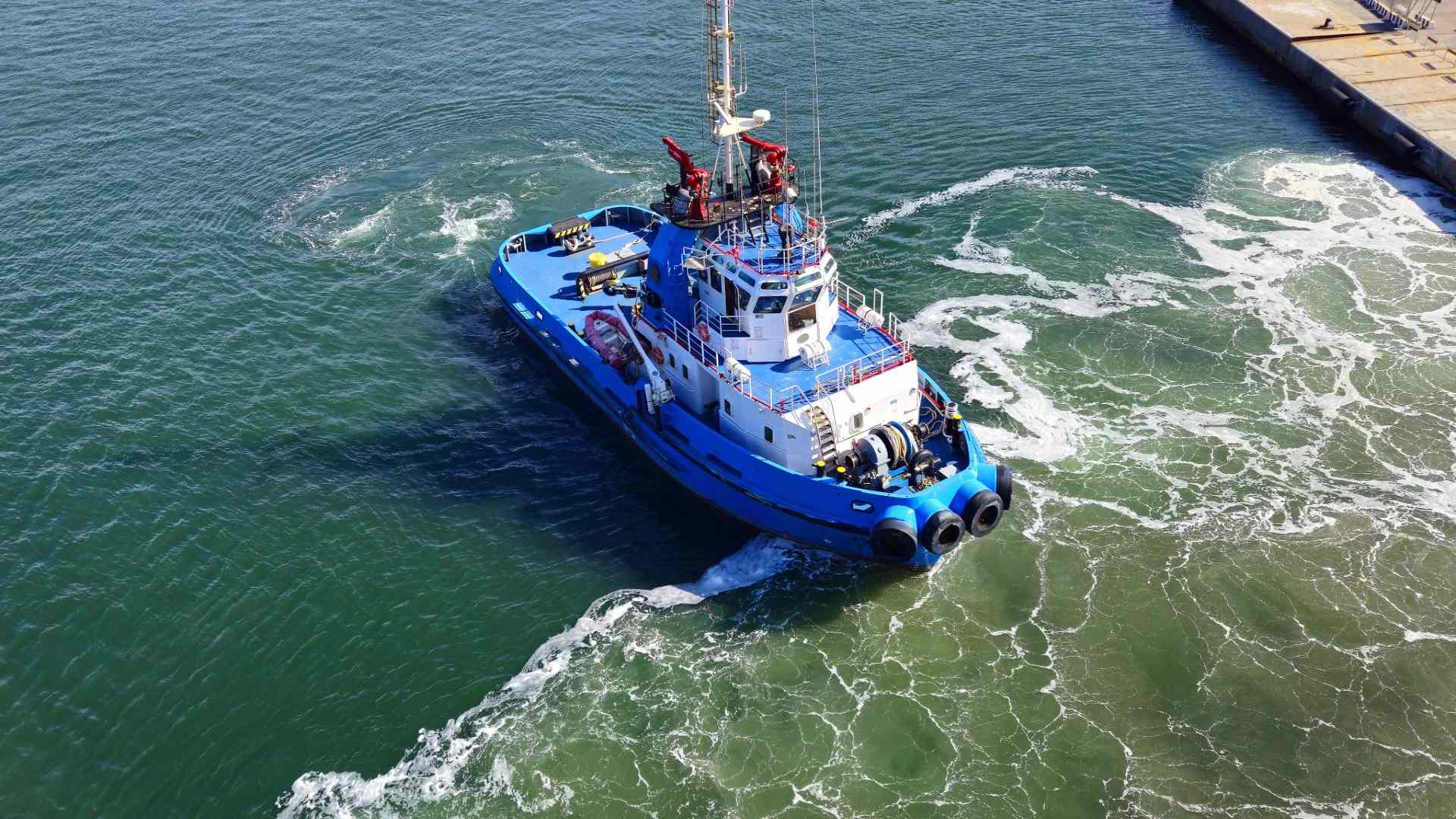Introduction
Beypore Port, one of Kerala’s key maritime gateways, is finally moving forward with its long-awaited capital dredging project aimed at significantly enhancing navigational depth and vessel access. Slated for completion by February 2026, this port dredging initiative marks a crucial step in upgrading the port’s infrastructure and reviving its potential for both commercial and passenger services.
The project will deepen the current channel depth from 3.7 metres to 5.5 metres, allowing the safe entry and exit of larger vessels. Over time, the depth may be further increased to 7.0 metres in a phased manner. The dredging operation will involve the removal of virgin material from the seabed—a process that has faced technical and financial roadblocks for years.
What Is Capital Dredging and Why Is It Needed?
Capital dredging refers to the removal of natural seabed materials—such as rock, sand, and silt—from areas that have not been previously dredged or maintained. Unlike maintenance dredging, which deals with the regular accumulation of sediments, capital dredging is usually undertaken for major infrastructure upgrades such as deepening navigation channels or creating new berths.
In Beypore’s case, capital dredging is necessary because the current channel dredging depth is insufficient for modern cargo and passenger vessels. Ships with deeper draughts—defined as the vertical distance between the waterline and the bottom of the ship’s hull—cannot currently access the port, limiting its utility.
Long Delays and Renewed Momentum
The need for port dredging at Beypore has been recognized for over eight years, but various challenges stalled progress. One of the major technical obstacles was the presence of rock formations in the seabed, which complicated dredging operations. Financial constraints further delayed execution, despite repeated demands from port users and local stakeholders.
However, the project recently received a boost when Kerala’s Chief Minister Pinarayi Vijayan personally reviewed its progress. Acting on the Hydrographic Survey Wing’s report, the government sanctioned ₹11.80 crore to kickstart the dredging activity. Additionally, the Harbour Engineering Department has submitted a supplementary estimate of ₹82.80 crore to meet further financial needs.
Efforts are underway to secure more funding by incorporating Beypore Port’s development under the Union government’s Sagarmala initiative—an ambitious program aimed at modernizing India’s coastal infrastructure and enhancing logistics efficiency.
Benefits of Deepening the Channel
By increasing the channel depth to 5.5 metres initially, and eventually to 7.0 metres, Beypore Port will be able to handle larger vessels, including high-capacity cargo ships and passenger ferries. This will reduce the need for transshipment at other ports and could lead to substantial cost savings for importers and exporters.
Furthermore, improved channel dredging will make the port more reliable year-round, particularly during low tides and monsoon conditions when shallow channels can become hazardous or impassable.
The dredging project is also seen as essential for launching proposed passenger ship services—plans that have remained on hold due to the inadequate draught at the port. Once the port is fully dredged and upgraded, it could potentially offer coastal cruise routes and inter-state ferry services, boosting tourism and connectivity in northern Kerala.
Technical Aspects and Environmental Considerations
The port dredging process involves complex technical operations, including hydrographic surveys, environmental impact assessments, and deployment of specialized dredgers. Since virgin seabed material is being removed, this capital dredging effort must adhere to strict environmental regulations to minimize disruption to marine ecosystems.
Sediment disposal and rock removal will be carried out under close supervision to ensure compliance with the Coastal Regulation Zone (CRZ) guidelines and other relevant laws. Environmental sustainability is a key concern, especially given Beypore’s proximity to sensitive coastal and fishing communities.
The state government has assured that proper checks are in place to mitigate ecological risks, including turbidity control, habitat protection, and periodic environmental monitoring throughout the project duration.
Economic and Regional Impact
The completion of this channel dredging initiative is expected to have wide-reaching economic benefits for Kerala. Beypore Port, strategically located near Kozhikode, can serve as a secondary hub to the busy Vallarpadam Terminal in Kochi. Once fully operational, it can handle regional cargo movement, coastal shipping, and passenger services, thereby decongesting major ports and supporting decentralized trade.
Local businesses, exporters, and the fishing industry stand to benefit from better port infrastructure. With enhanced draught, fishermen can operate larger trawlers and ensure safer harboring, especially during the monsoon.
Moreover, the development could lead to job creation in port services, marine engineering, logistics, and ancillary sectors, contributing to the local economy in Malabar.
Challenges Ahead
Despite the renewed commitment and financial backing, the project still faces hurdles. Weather disruptions, especially during the southwest monsoon, could affect the dredging schedule. Additionally, any delays in the approval of the supplementary ₹82.80 crore estimate or in Sagarmala funding could impact the timely completion of the work.
Technical complexity also remains a concern, particularly in removing harder seabed materials like rock. The project will require precision engineering and skilled labor to meet the ambitious February 2026 deadline.
Conclusion
The port dredging project at Beypore Port represents a significant milestone in Kerala’s maritime infrastructure development. After years of stagnation, the deepening of the channel through comprehensive channel dredging efforts promises to unlock the port’s full potential.
By making the port accessible to larger vessels and supporting future passenger services, the initiative will enhance regional connectivity, economic resilience, and maritime trade. With careful execution and sustained government support, Beypore Port could soon emerge as a vital node in India’s coastal shipping network.
